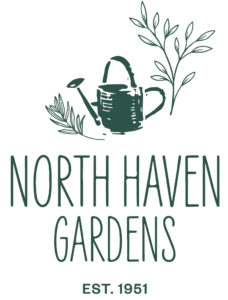Updated: February 28, 2024 Why don’t more commercial growers grow perennial milkweed? Milkweed seeds require…
‘Texas Tough’ can also be soft and beautiful
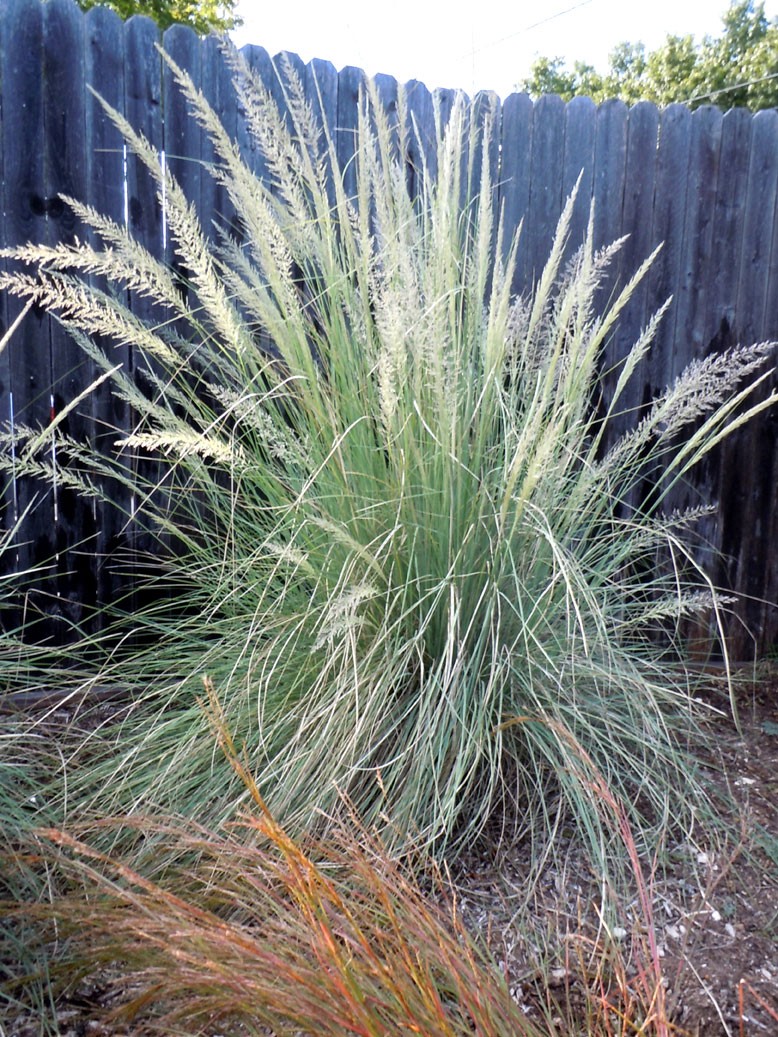
We can all do our part in the effort to conserve water, feed the birds and plant things that are native to Texas—and we can do this without giving up beauty and function in our gardens.
Grasses are a perfect way to add structure, sound and movement and there’s a grass that’s perfectly suited to just about every location.
Many gardeners initially shy away from native plants because they fear that they’re too scrubby, or desert-like—but nothing is further than the truth with these three beauties:

Lindheimer Muhly or Big Muhly (Muhlenbergia lindheimeri) is a native bunchgrass that’s a perfect alternative to Pampas grass.
It grows to about 5′ tall and about 3′ wide at maturity and dazzles with silvery plumes in early fall; usually around mid-October. One additional advantage: this big grass won’t cut you to shreds like Pampas grass will—its leaves are much softer.
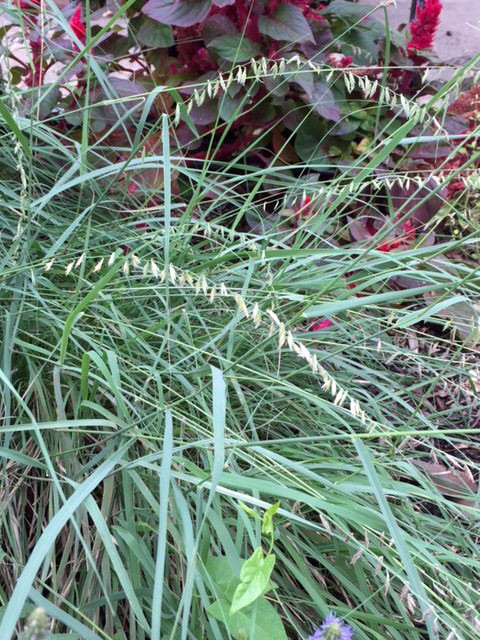
We may say that “everything is bigger in Texas” but that doesn’t include our state grass, Sideoats grama (Bouteloua curtipendula).
This petite, clump-forming perennial is actually native to most of the United States, and, since it only gets 1-2ft tall, there’s a spot for it in any garden. Full sun or part shade are no problem for this little one. In the summer, it has a lovely conspicuous flower that is a favorite of butterflies, and the dried seeds attract birds as well. The oat-like flowers and seeds line one side of the stem, thus the name ‘sideoats’.
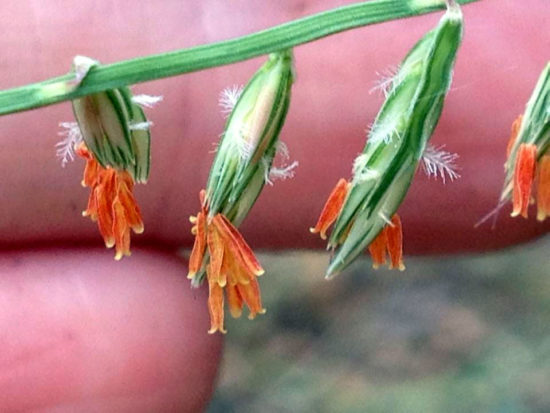
It’s also the host plant for the green skipper and dotted skipper butterflies; a great bonus for pollinator gardens. When cool weather arrives, you may see some red or purple in the foliage, which gives you one more reason to fall in love with it. You don’t have to cut in back in early spring, but you can. It can even be mowed once a year if it’s incorporated into a native grass lawn. What’s not to love?
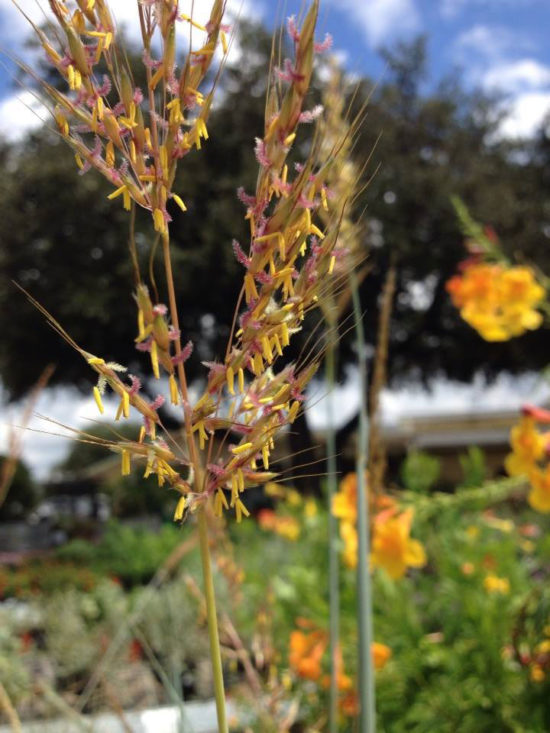
Indian grass (Sorghastrum nutans) is among our most colorful native grasses.
In nature, it’s one of the dominant grasses in the tall grass prairie, along with Big Bluestem (Andropogon gerardi). You’ll need a little more room for this grass as it will get up to 6’ tall and about 3’ wide at maturity. It has beautiful blue-grey blades and a nodding habit; and when it blooms in the summer, the purple and gold flowers and seeds are a beautiful contrast to the blades. Once fall arrives, the entire plant is a blaze of gold and yellow. Birds love the seeds and it is also a host plant for some skipper butterflies.
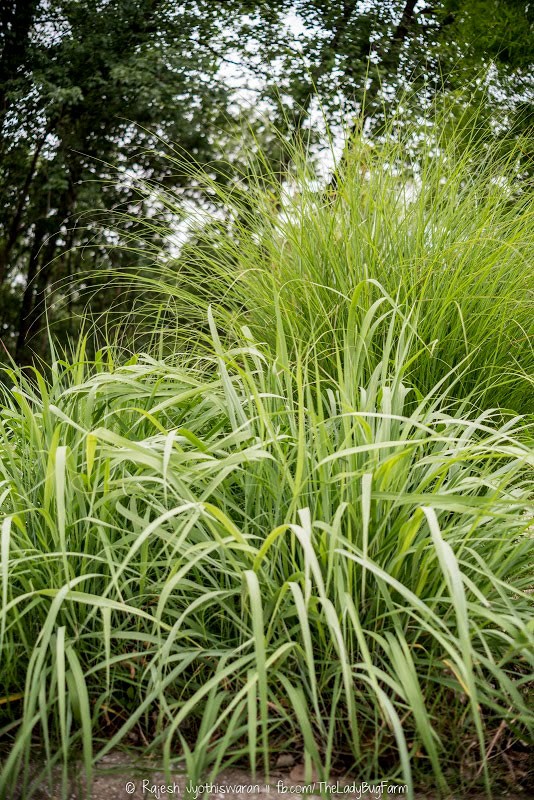
With each of these grasses, full sun exposure and excellent drainage are crucial, but they appreciate getting a deep drink of water now and again.
Once they’re established, they’re happier when dry—so be sure you plant them with other plants that have similar water requirements.

I want to challenge each of you to try something new….and by “new” I mean plants that were here before the European settlers came to the US.
These are your ultimate ‘tried and true’ – the epitome of Texas Tough!
Photos and text by Sandi Holmes Schwedler NHG Senior Buyer
